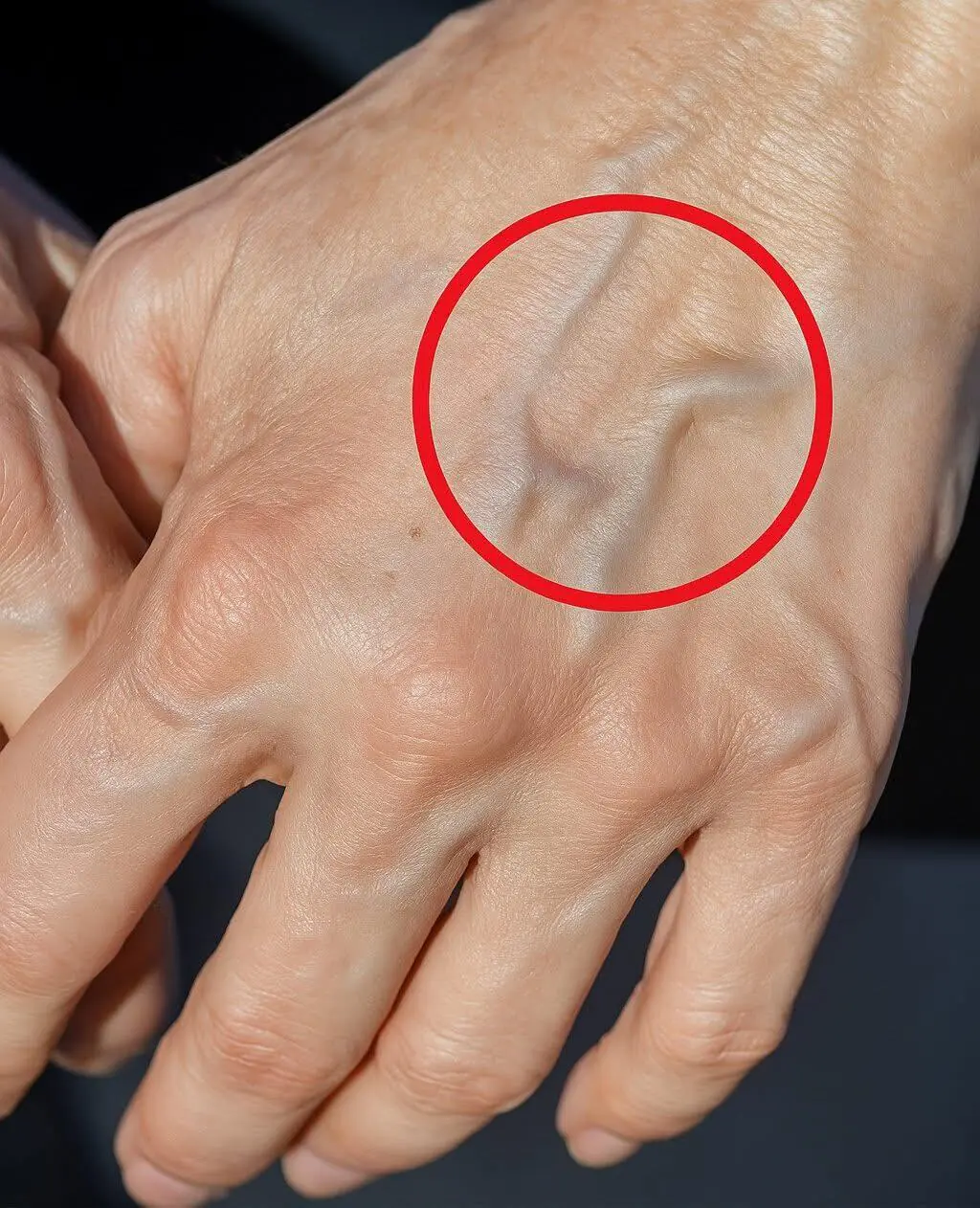
Health Alert: This Popular Spice, When Overused, Can Increase the Risk of Bone Damage
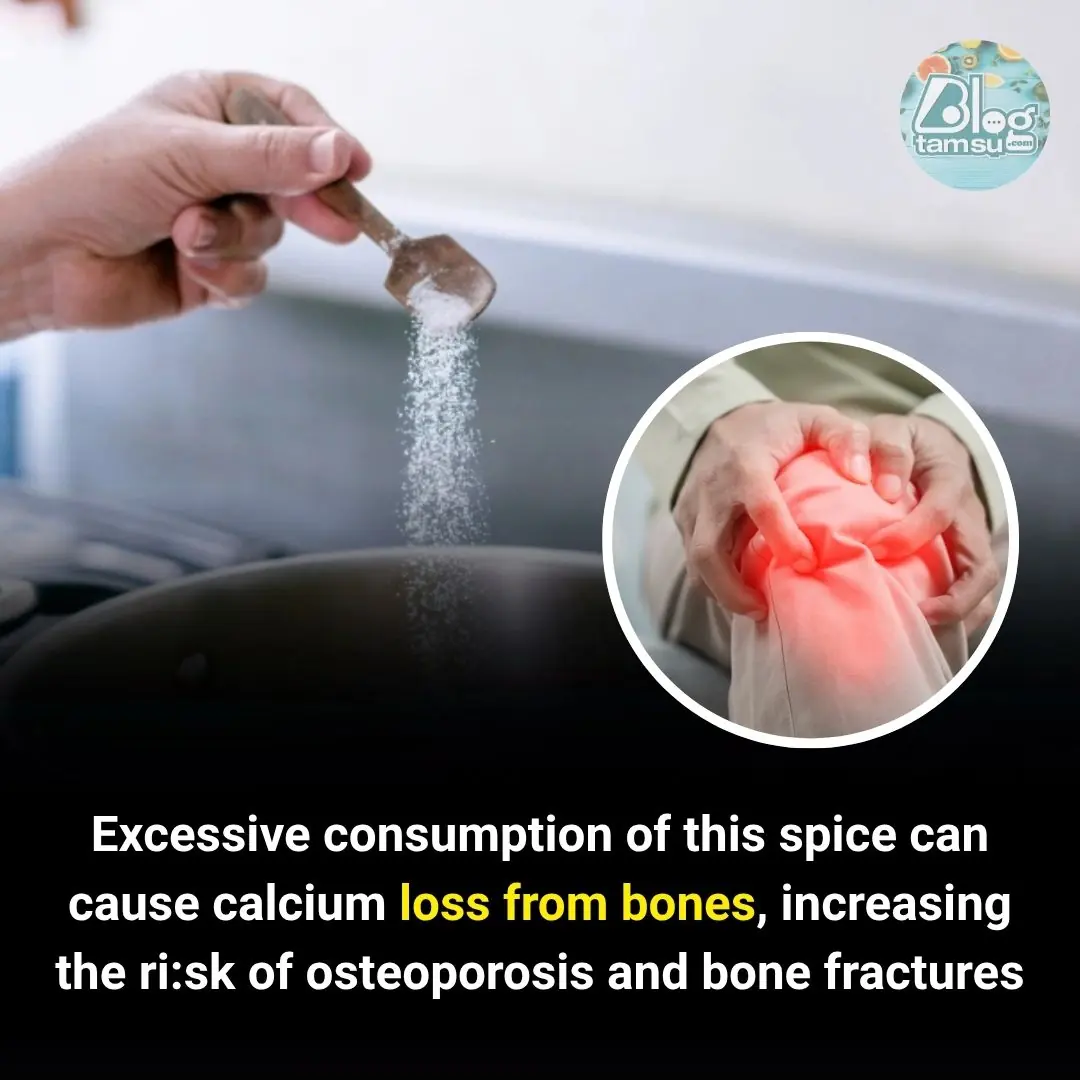
Excessive salt consumption can cause calcium loss in the bones, increasing the risk of osteoporosis and fractures.
A long-term high-salt diet not only raises blood pressure and affects the heart and kidneys but also negatively impacts the skeletal system. According to the World Health Organization (WHO), Vietnam is one of the countries with the highest salt intake in the world, with an average consumption of 9.4 g/day—nearly double the recommended amount of less than 5 g/day.
Research from the Linus Pauling Institute at Oregon State University (USA) shows that when salt intake increases, the body excretes more calcium through urine, leading to calcium deficiency in bones. Many other studies also confirm that long-term high salt intake can inhibit calcium absorption and utilization, causing calcium loss from bones, thereby increasing the risk of osteoporosis and fractures. In fact, adult women may lose 1% of bone density each year by consuming just one extra gram of salt daily.
A salty diet significantly harms the bones. (Photo: Shutterstock)
In addition, a high-salt diet is also a risk factor for autoimmune arthritis. A study of 18,555 people, published in the U.S. National Library of Medicine (NCBI), showed that high sodium intake increases the risk of developing rheumatoid arthritis by 1.5 times.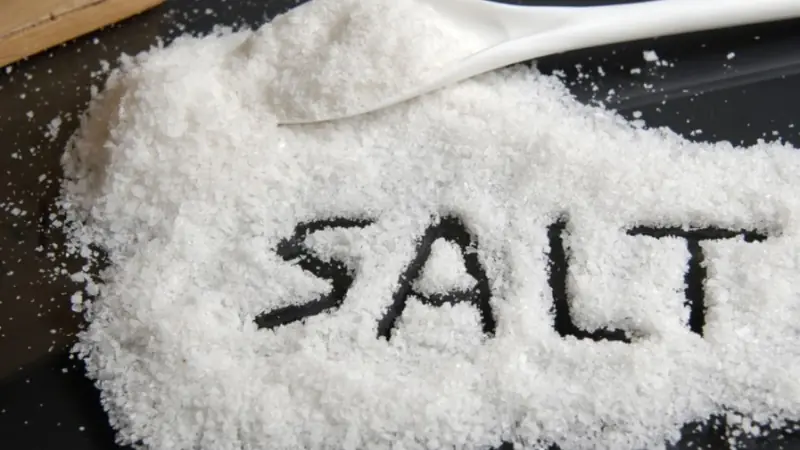
Ways to reduce salt in the diet
To protect bone health in particular and overall health in general, those with a salty-eating habit should adjust and reduce their daily salt intake. Salt reduction can be done gradually: first lowering intake to 7 g/day, then reducing to under 5 g/day by:
-
Choosing more steamed or boiled dishes instead of braised, stir-fried, or grilled ones.
-
Reducing salt and salty seasonings when marinating or cooking. When preparing meals, replace part of the salt or fish sauce with pepper, herbs, or low-sodium spices.
-
Avoid dipping fruit in salt or over-seasoning foods.
-
Cooking at home to better control the salt content in meals.
-
Limiting processed foods high in salt such as pickled vegetables, sausages, ham, bacon, canned foods, etc.
Processed foods often contain high amounts of unhealthy salt. (Photo: Shutterstock)
At the same time, to keep bones and joints strong, everyone should proactively care for bone health early using scientific approaches: build a healthy diet, increase fresh vegetables and fruits, minimize fast food; exercise for at least 30 minutes daily with light activities such as walking, swimming, or cycling; maintain a healthy weight; and ensure 7–9 hours of sleep per night.
According to Dr. Tang Ha Nam Anh, Director of the Orthopedic Trauma Center, Tam Anh General Hospital (Ho Chi Minh City), if unusual bone or joint pain occurs, patients should closely monitor and seek timely medical examination. In addition to moderate exercise, a balanced diet, and limiting excess salt, those at high risk of musculoskeletal problems may supplement with specific nutrients such as Eggshell Membrane, Undenatured Type II Collagen, Collagen Peptides, Turmeric Root, and Chondroitin Sulfate to enhance bone and joint strength, improve flexibility, reduce inflammation, and slow down joint degeneration.
News in the same category


All The Things You Need to Know About Nighttime Urination And When To Start Worrying
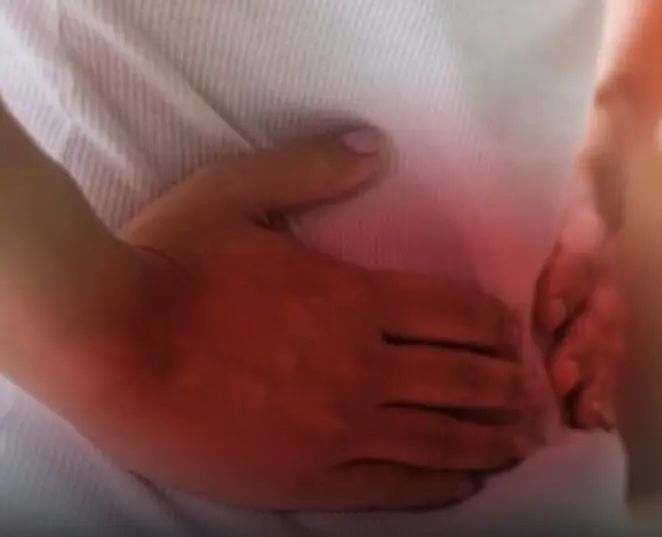
Umbilical Hernia: Causes, Symptoms and Treatment
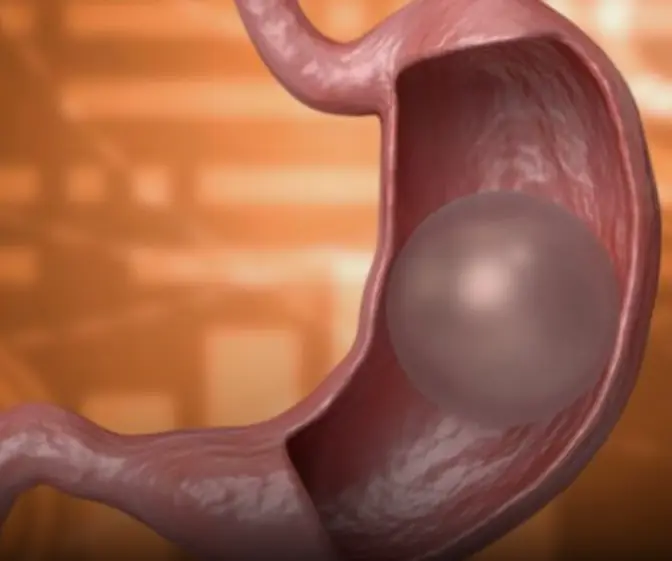
What happens if the gastric balloon bur.sts?

Gassier at Night? Here’s Why (and What To Do About It)

What is myasthenia gravis and what are its symptoms?
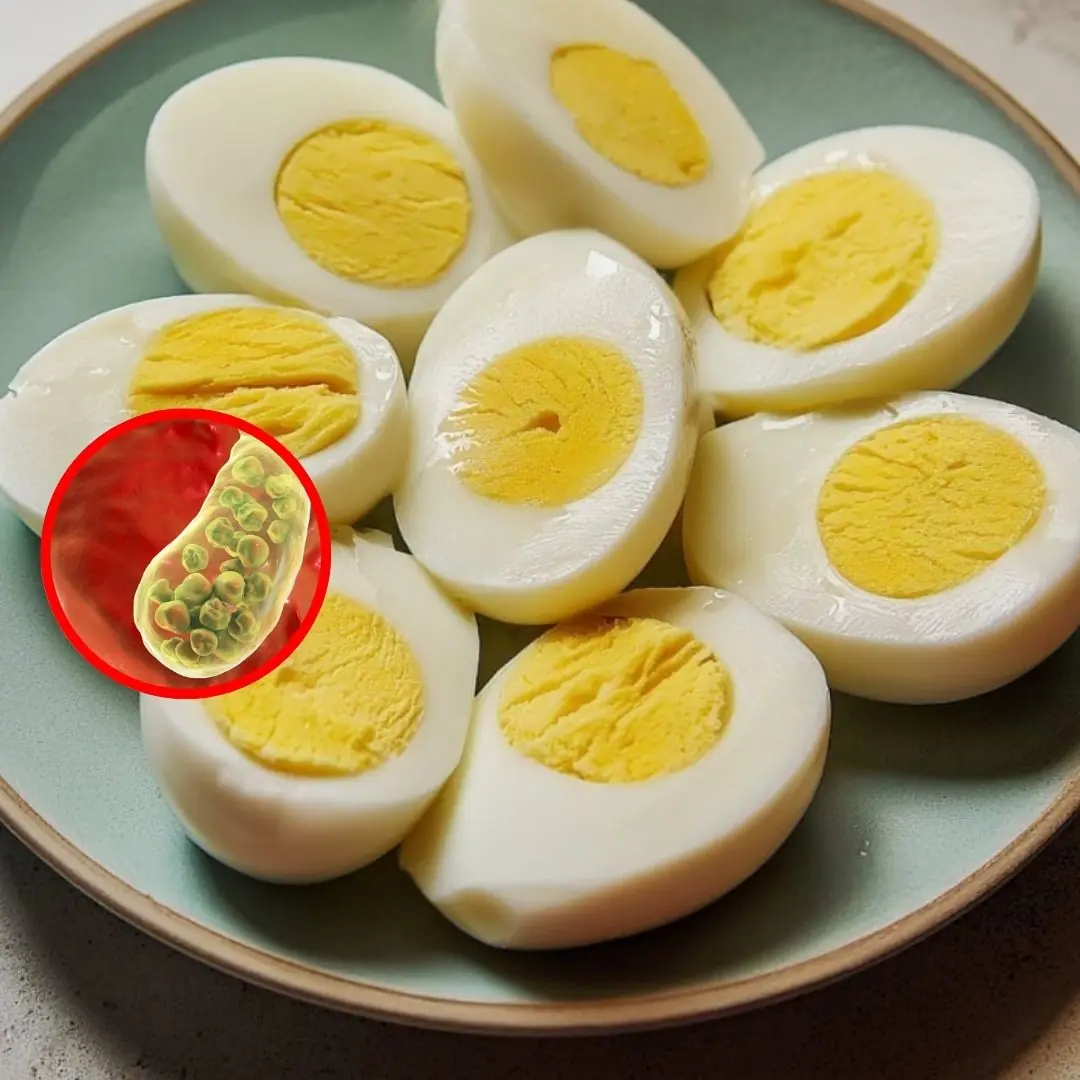
Eating chicken eggs is harmful to these 5 groups of people
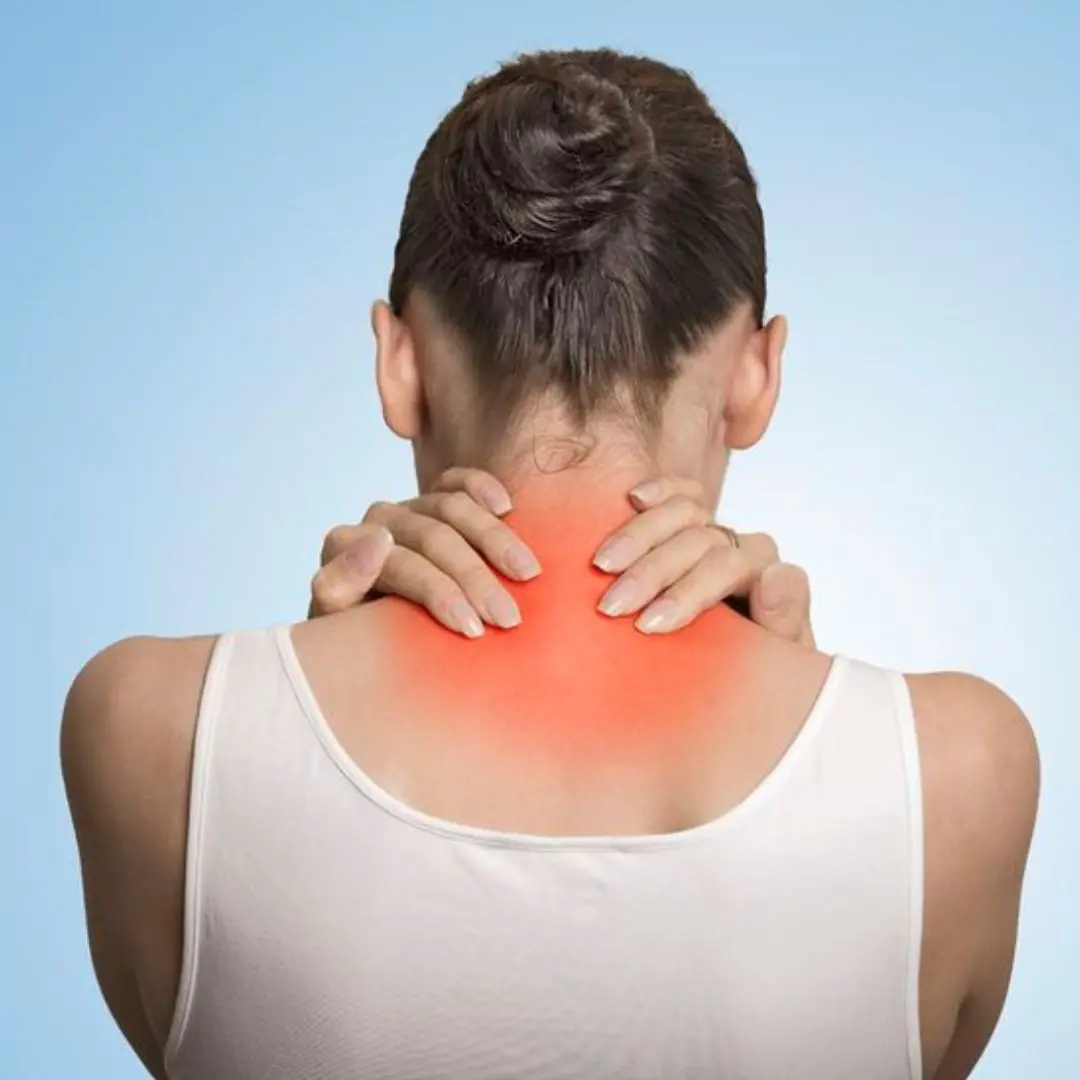
WARNING: These 3 signs on the shoulder are signs of malig:nant tum:ors, even can:cer, do not ignore them

4 Vegetables Easily “Treated” with Chemicals

The Part of the Pig Often Dismissed as “Dirty” and Thrown Away: Turns Out It’s a “Miracle Food” with 10 Times More Iron Than Meat

An 8-Year-Old Girl Complained of “Sto.mach Pain” Every Friday Afternoon
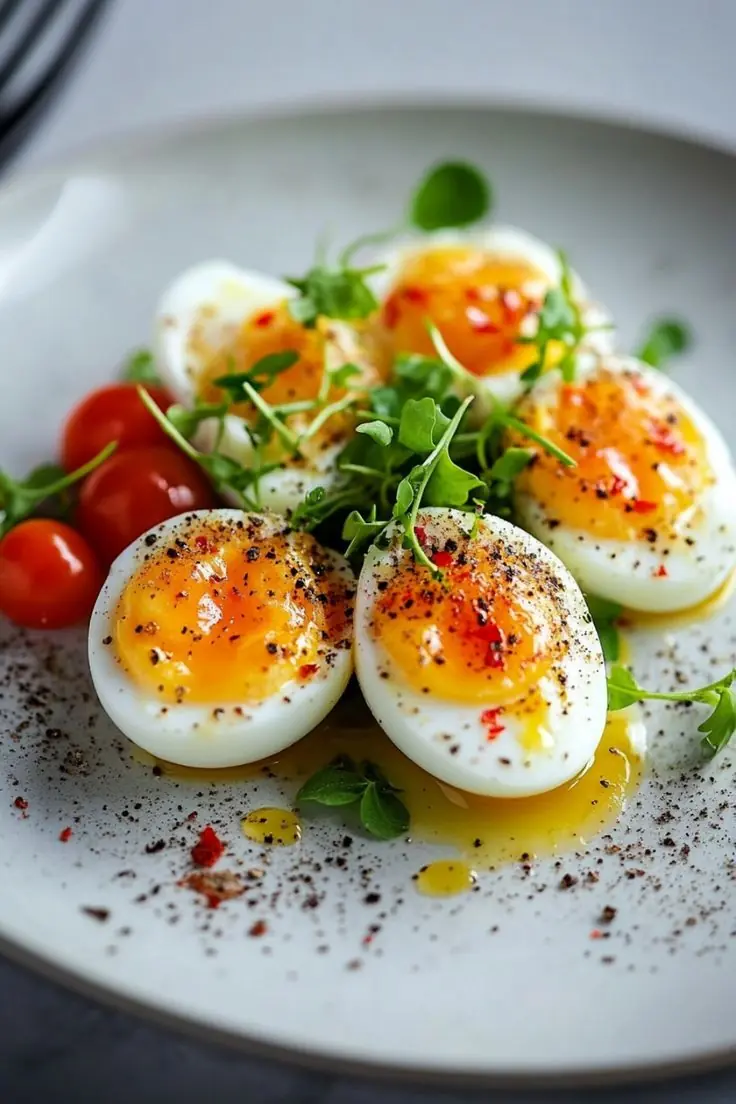
Eating Eggs Can Be Harmful for These 5 Groups of People: Better Stay Away!
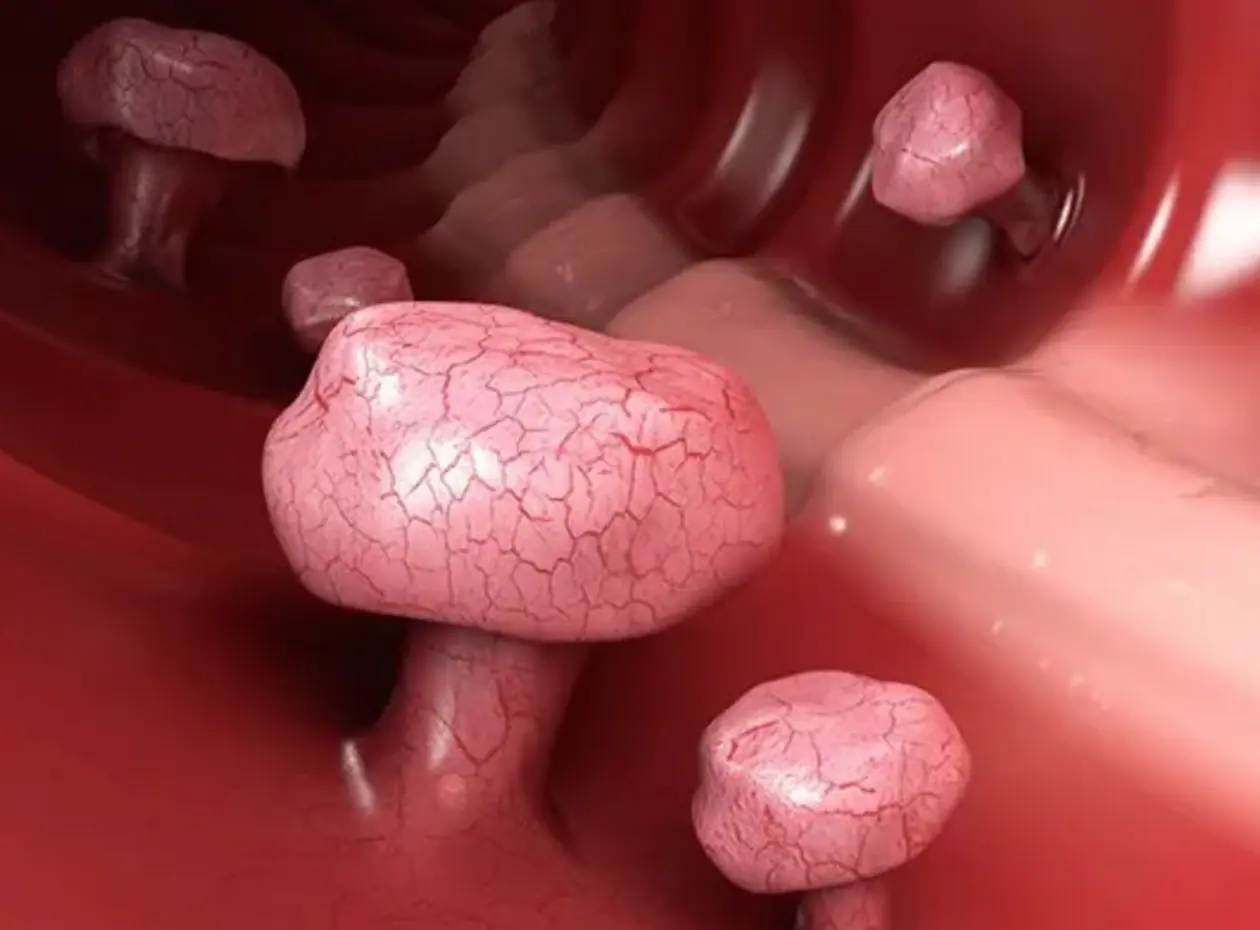
Early detection colon polyps: The key to effective can.cer prevention

Think it’s harmless? The risks of wearing bras to sleep might surprise you
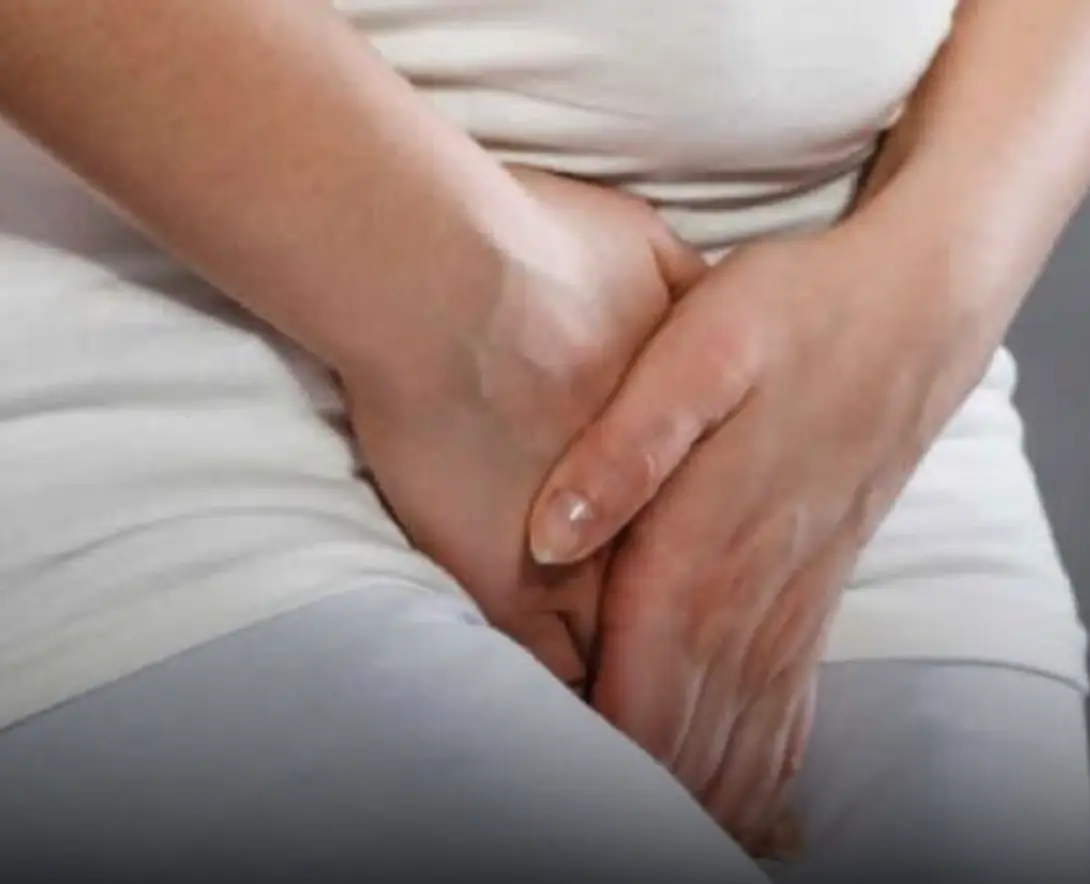
What dise:ase is gr.oin pa.in a symptom of?
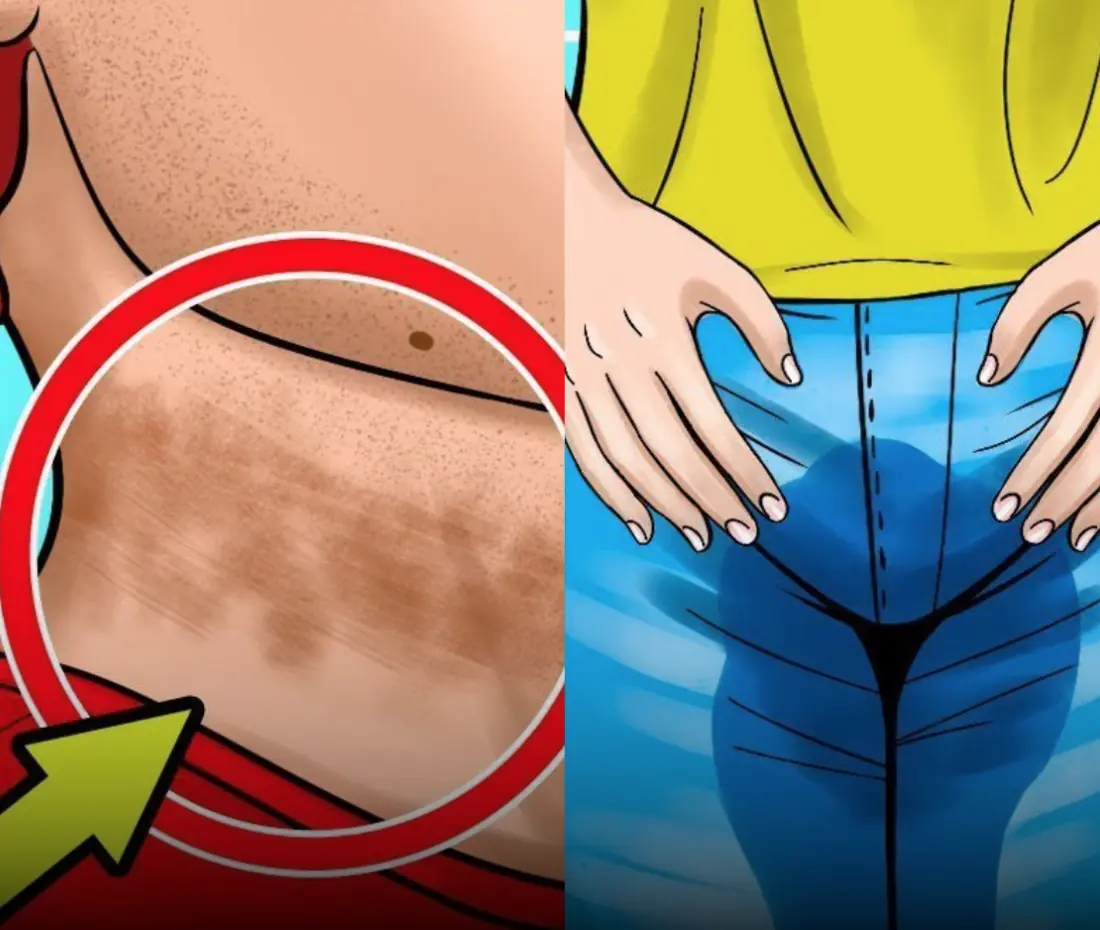
These 10 symptoms indicate latent diabetes

What sleeping on the left side does for our brain, stomach and lymphatic health
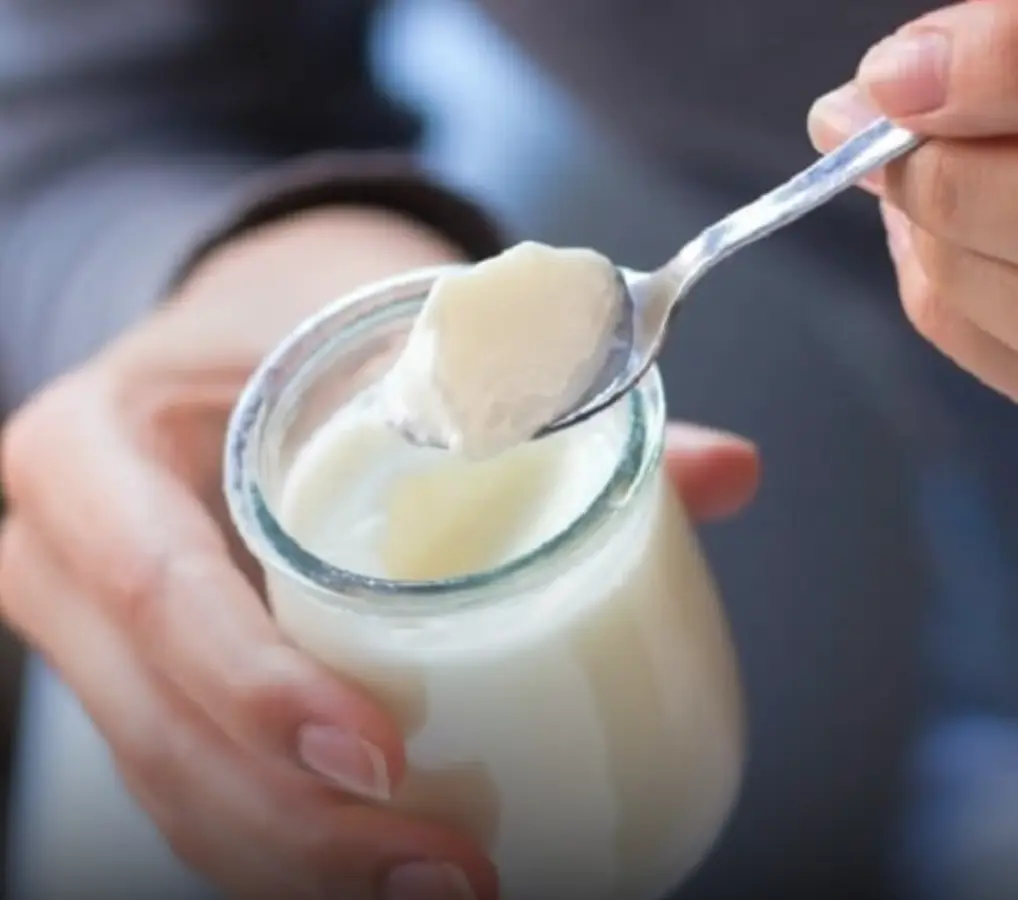
Eating yogurt with these 5 mistakes can bring more dis.eases into your body
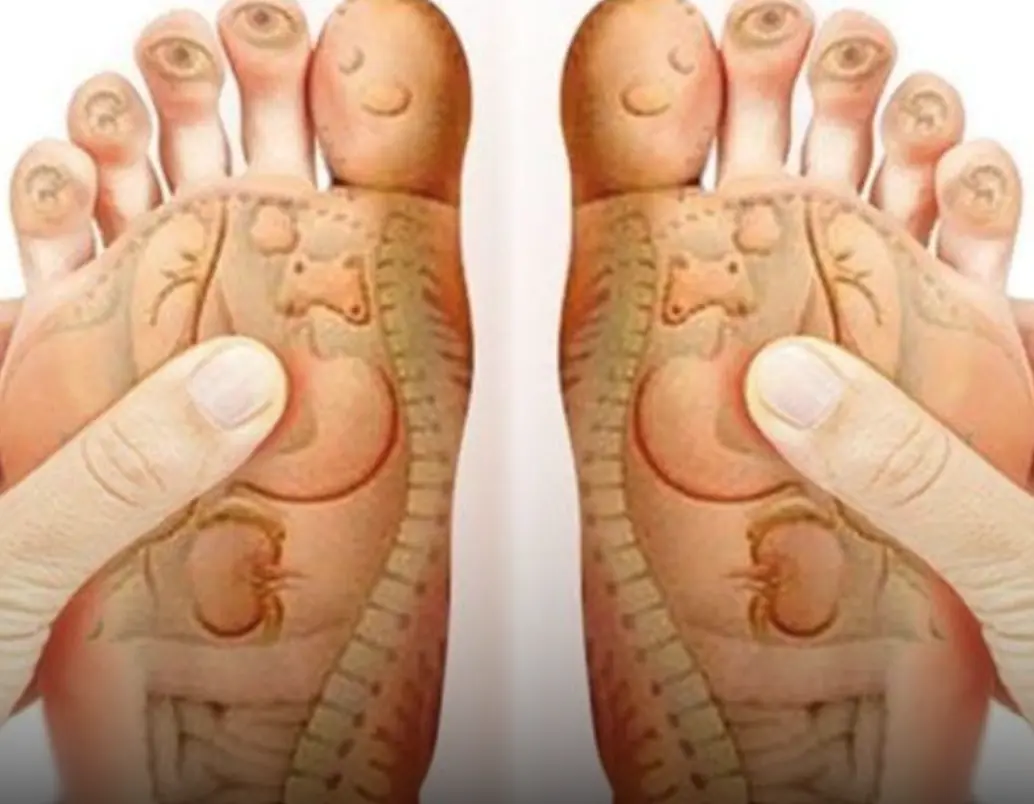
8 foot massage points that help relieve issues
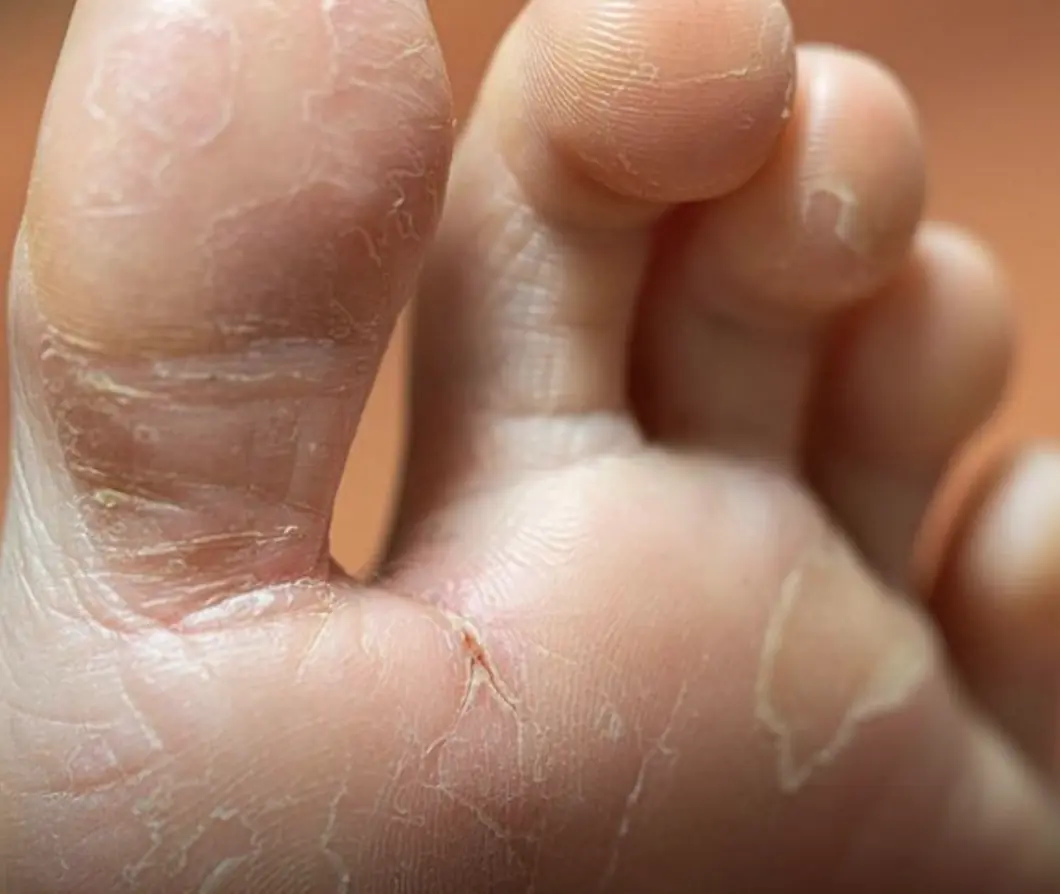
7 subtle symptoms that could signal serious health problems
News Post

If Veins Suddenly Pop Out on Your Hands

All The Things You Need to Know About Nighttime Urination And When To Start Worrying

Don’t Throw Out Old Dish Sponges
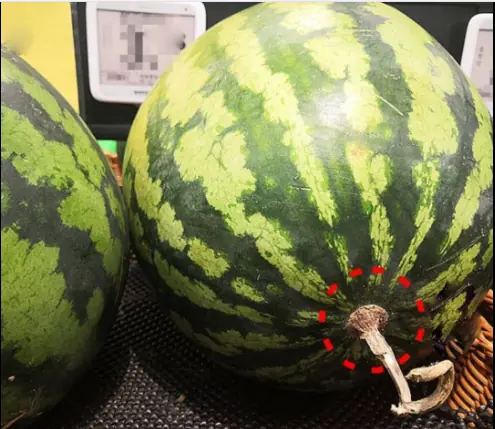
When buying watermelon, don't choose a big one.
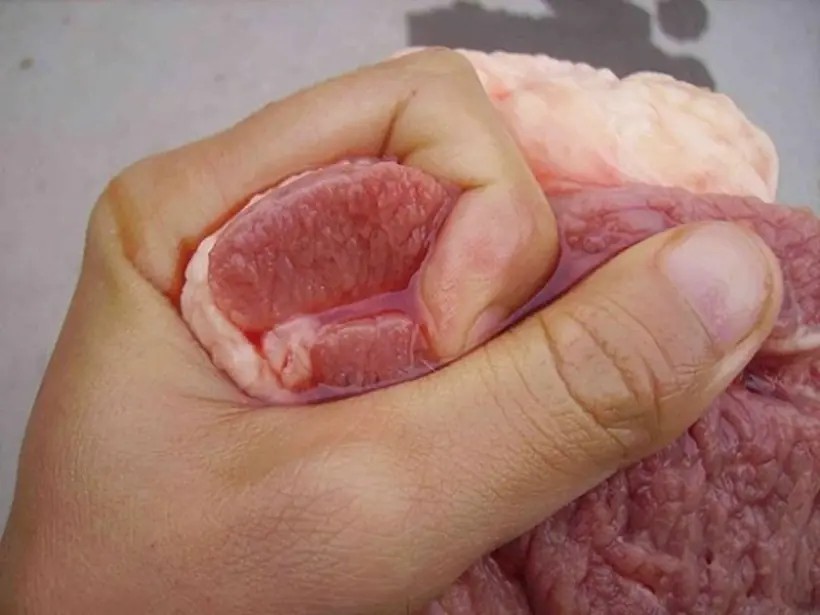
If You See Pork with These 4 Signs at the Market, Don’t Buy It No Matter How Cheap
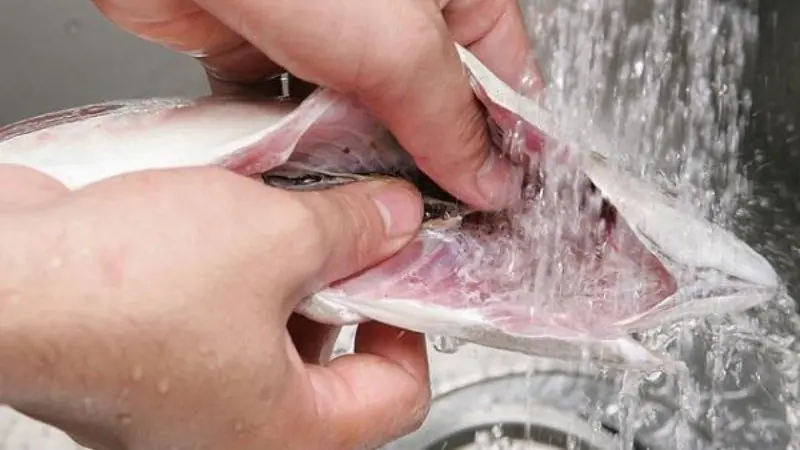
Why Does Fish Often Smell Fishy? The Real Reason Many People Don’t Know
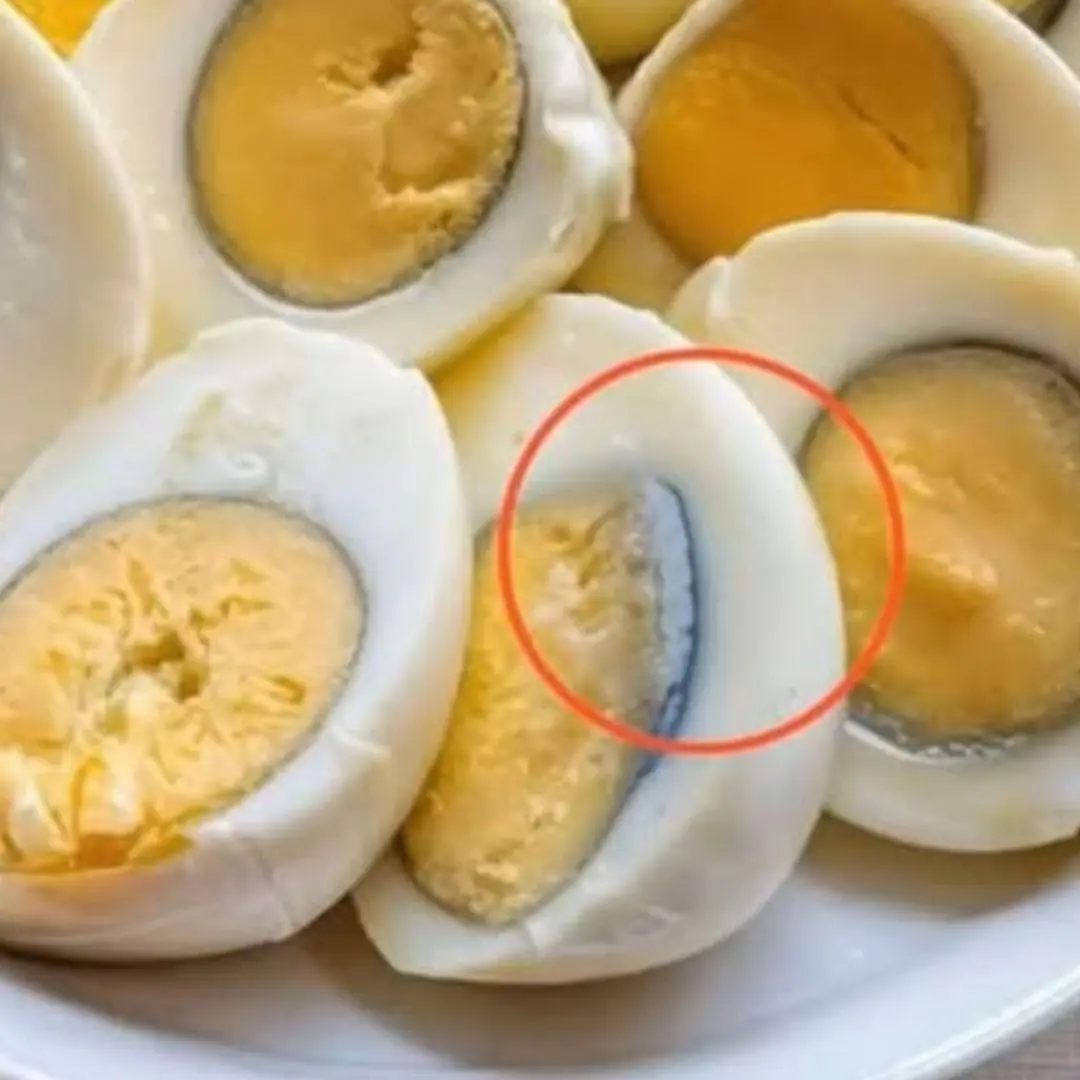
Ever noticed a greenish ring around an egg yolk? The explanation might surprise you...

Umbilical Hernia: Causes, Symptoms and Treatment

What happens if the gastric balloon bur.sts?
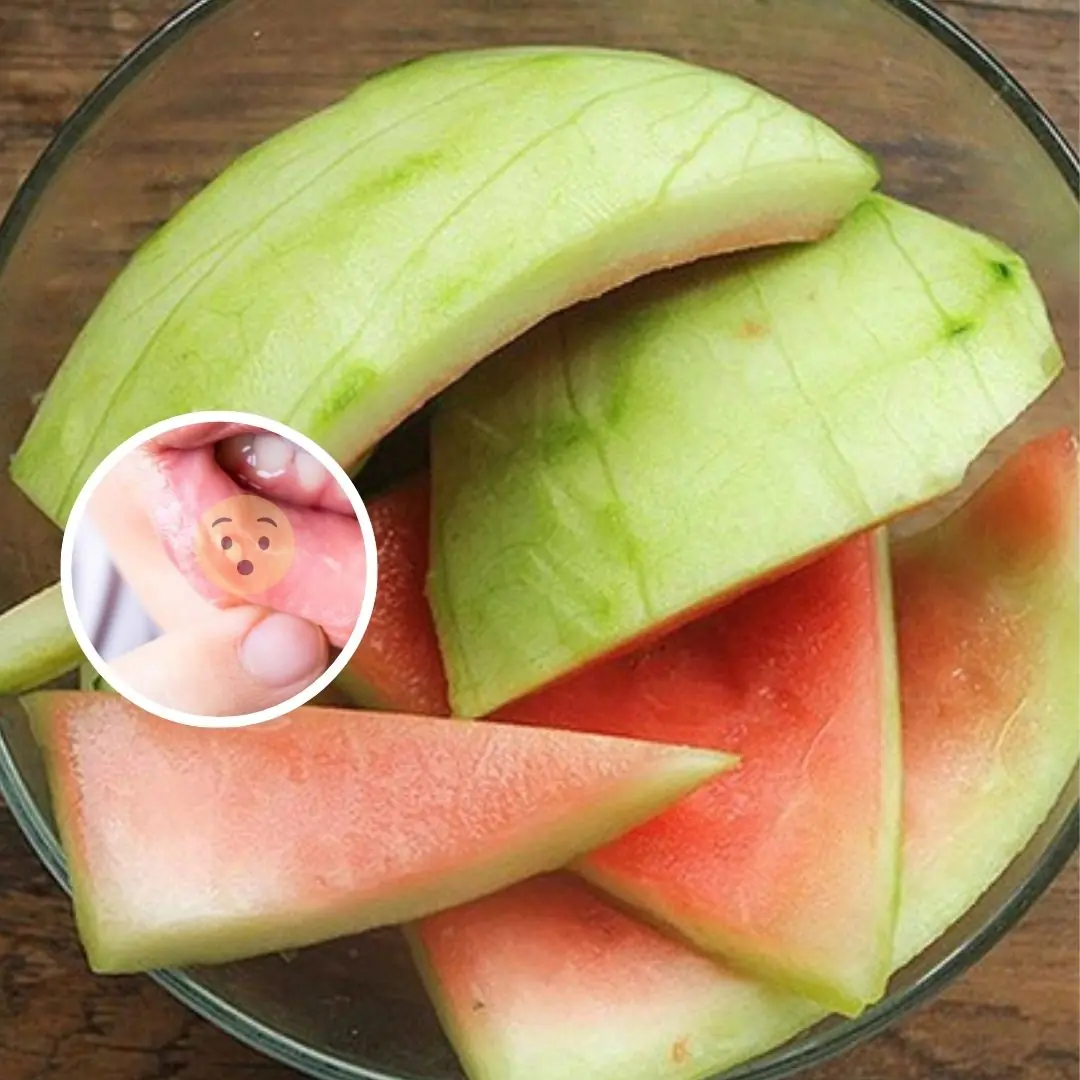
99% of people will throw away these 6 fruit peels when eating, but will regret it when they know their benefits
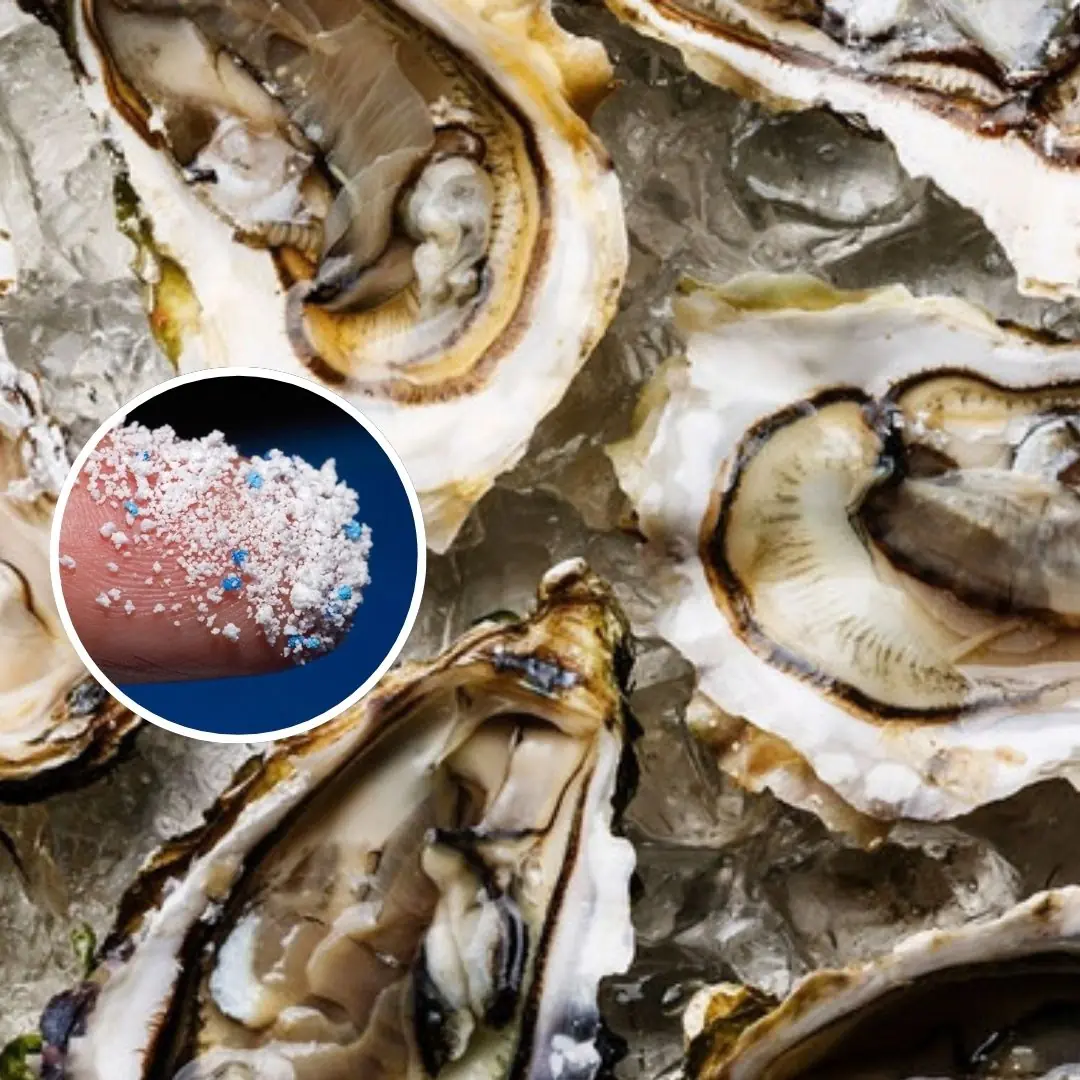
Top 2 types of seafood at the top of the list of microplastic contamination, but people still eat them every day

Gassier at Night? Here’s Why (and What To Do About It)

What is myasthenia gravis and what are its symptoms?

Eating chicken eggs is harmful to these 5 groups of people

WARNING: These 3 signs on the shoulder are signs of malig:nant tum:ors, even can:cer, do not ignore them

4 Vegetables Easily “Treated” with Chemicals

The Part of the Pig Often Dismissed as “Dirty” and Thrown Away: Turns Out It’s a “Miracle Food” with 10 Times More Iron Than Meat

An 8-Year-Old Girl Complained of “Sto.mach Pain” Every Friday Afternoon

Eating Eggs Can Be Harmful for These 5 Groups of People: Better Stay Away!
